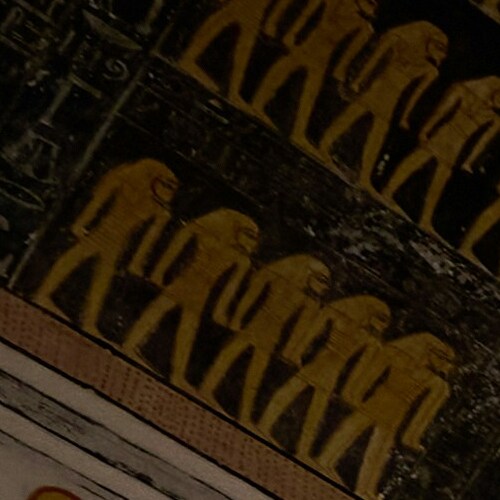No other nation in the world says ‘Welcome’ as often as the Egyptians, and every time, they mean it. While the ancient civilization of Egypt continues to amaze, contemporary Egyptians are equally remarkable.
The Valley of the Kings
Overview of the Valley of the Kings
The Valley of the Kings, a significant archaeological site in Luxor, Egypt, stands as a testament to the grandeur and mystery of the New Kingdom (c. 1550–1070 BC) of ancient Egypt. It served as a royal burial ground for pharaohs and powerful nobles, marking a significant shift in the burial customs of Egyptian royalty.
Historical Significance
- Time Period: From around the 15th century BC.
- Dynasties: Mainly used by the pharaohs of the 18th, 19th, and 20th dynasties.
- First Royal Burial: Initiated by Tuthmosis I.
Architectural and Artistic Merits
- Tomb Design: Characterized by their deep underground chambers and beautifully adorned walls with scenes depicting the journey to the afterlife.
- Artwork: The walls of these tombs are replete with intricate paintings and hieroglyphs that illustrate ancient Egyptian beliefs about death and the afterlife.
Notable Tombs
- Tutankhamun’s Tomb: Discovered by Howard Carter in 1922, largely intact, it yielded treasures like the iconic gold funerary mask and other valuable artifacts.
- Other Prominent Tombs: Include those of Tuthmosis III, known for its depth and stunning wall paintings, and the tombs of Ramses VI, Ramses I, Amenophis I, and Ramses III.
Preservation and Archaeological Efforts
- Robbery and Preservation: Despite being hidden, many tombs were looted, with the notable exception of Tutankhamun’s tomb.
- Total Tombs: The valley houses 21 tombs of New Kingdom rulers, each offering unique insights into the era’s funerary practices.
Cultural and Touristic Importance
- Archaeological Significance: The valley continues to be a key site for understanding ancient Egyptian royal burials and religious beliefs.
- Visitor Experience: Offers a unique journey into the world of ancient Egyptian kings, with guided tours that bring to life the history and mythology of Egypt.
Conclusion
The Valley of the Kings remains one of the most extraordinary archaeological sites in the world. It not only provides profound insights into the burial rituals and artistic achievements of ancient Egypt but also continues to captivate visitors with its mysterious tombs and the promise of new discoveries. As a hub of historical and cultural significance, it is an indispensable part of any visit to Luxor, offering a direct link to the fascinating world of the pharaohs.
Created on 18 March 2020
Updated on 23 Sep, 2024
LUXOR Travel Guide



